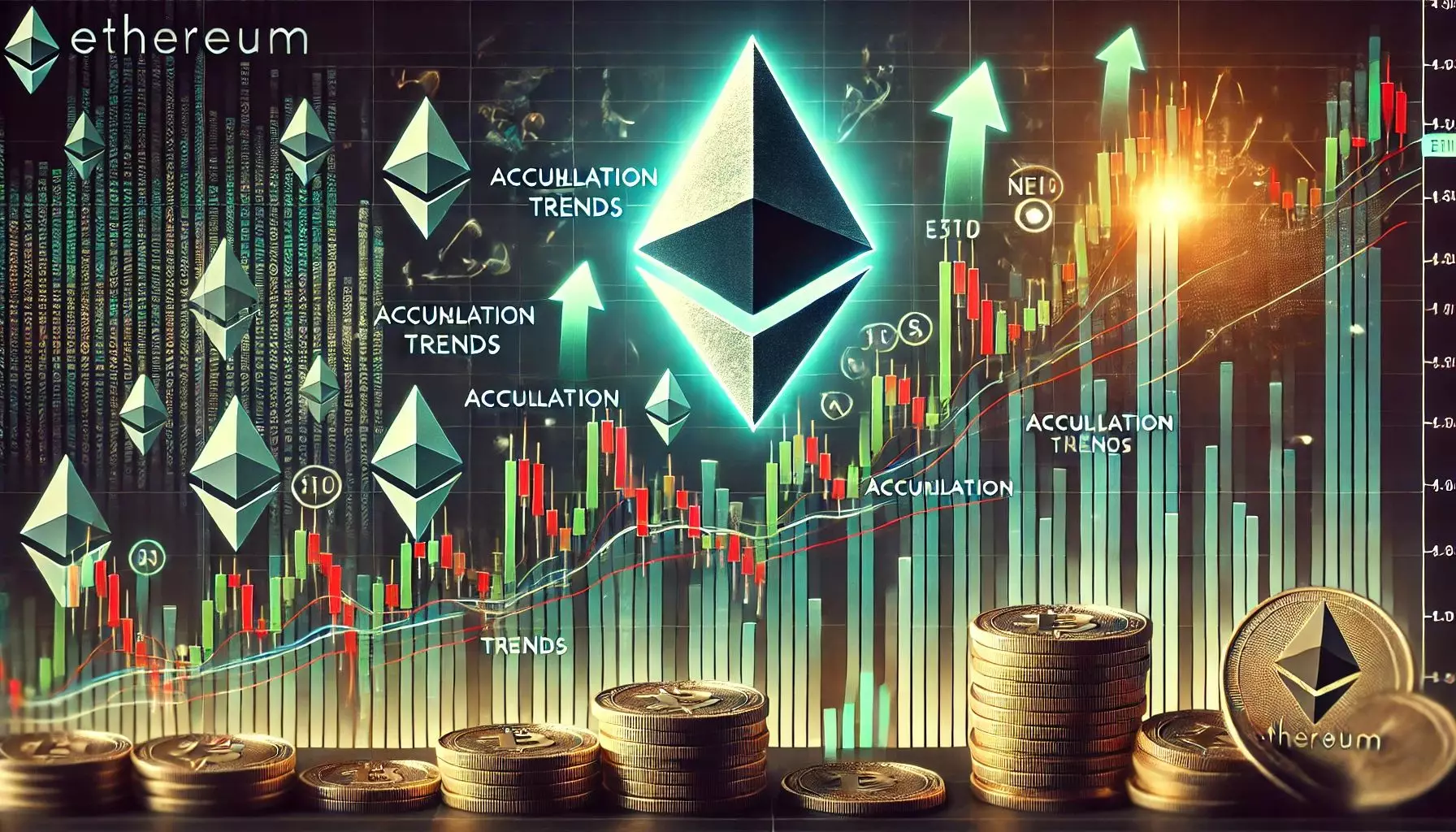Ethereum, often labeled as the cornerstone of decentralized finance, is now finding itself shackled to persistent resistance levels. The crypto giant peaked at $1,874 on May 1st but has since struggled to maintain upward momentum. Currently hovering just above the $1,800 mark, Ethereum’s inability to break through this pivotal barrier raises serious questions about its short-term future. The market seems dynamic; other cryptocurrencies are gaining traction, but Ethereum is stagnant. This stagnation is not just a minor hiccup; it’s a serious concern that could lead to detrimental consequences for investors.
Investors and crypto enthusiasts often pour their hopes into Ethereum, believing it will lead the charge towards recovery in the cryptocurrency market. However, apparent failures to break through resistance suggest that Ethereum remains trapped in a tight range. The market trends that surround this currency expose vulnerabilities; the prolonged period of declining valuations signifies a lack of confidence among market participants. The question lingers: how long can this pivotal asset maintain its relevance when it’s been unable to showcase significant momentum?
Comparative Weakness Against Competitors
Currently, Ethereum sits precariously at over 55% down from its December highs. In a world where new and dynamic cryptocurrencies continually emerge, this kind of decline cannot be overlooked. The crypto space operates under an all-important principle of momentum—once a coin loses its upward momentum, it often leads to surpassing issues in rebuilding trust and value. Ethereum, slow to react, is falling behind competitors that are taking advantage of its complacency.
The rising success of other cryptocurrencies amidst Ethereum’s struggles serves as both a stark reflection of the current state of the market and a warning for investors. Market dynamics change rapidly, and crypto assets can become obsolete overnight if they fail to adapt. How much longer can Ethereum sustain its dominance when it shows such prolonged poor performance relative to its counterparts? This state of affairs not only affects the asset’s value but perhaps its very existence as a relevant player in the ever-evolving landscape of digital currencies.
Technical Analyses: Accumulation or Decline?
The territory of technical analysis provides a contrasting narrative to the grim outlook. Market analysts like Michael Van de Poppe propose that Ethereum is still in an accumulation phase. They point to signs of strength and potential growth, particularly in relation to Bitcoin. Yet, while optimism has merit, it raises questions about how radically the market will shift in the coming days. Will Ethereum finally break above its resistance, or will it fall victim to further stagnation?
The accumulation structure in the ETH/BTC chart showcases a possible breakout, indicating that Ethereum’s trajectory could shift dramatically if it manages to overcome significant hurdles. However, while this reading attempts to paint a brighter picture, it remains contingent on key support holdings. The landscape is precarious, and pending macroeconomic uncertainties, especially those revolving around Sino-US relations, could demoralize market sentiment.
Market Sentiment: A Quest for Certainty
Market sentiment plays an increasingly critical role in determining Ethereum’s fate. The cryptocurrency space has been characterized by cycles of frenzy followed by disenchantment. Bullish sentiment tends to be fleeting and requires constant nurturing. Given the current sentiment around Ethereum, there is an air of caution as market participants vigilantly observe the situation, unsure of where it will lead.
Ethereum’s performance has shown a few signs of stabilizing, but with modest volume and lackluster price activity, uncertainty prevails. If participants lack confidence, the market turns towards short positions in a snap—indicating that any perceived bullish sentiment could easily spiral into negative territory. As it stands, Ethereum’s support levels need to hold; otherwise, fear could spiral into panic, harming investors even more.
The Importance of the $2,000 Benchmark
As Ethereum navigates this critical juncture, the $2,000 mark emerges as a monumental benchmark. If the price can decisively break above this level, Ethereum could reignite bullish momentum that has been dormant. The prospect of reclaiming this benchmark could signal a shift in market perception, allowing it to reestablish itself as a leader in the crypto landscape amidst growing competition.
Yet failing to do so could exacerbate current market trends, triggering a pullback into the lower support zones. The tug-of-war between bullish arguments and prevailing fear creates an unstable environment where market participants risk making ill-informed decisions based on sheer emotion rather than data. Understanding the implications of this pivotal threshold must be at the forefront of investors’ strategies as they seek to navigate the rocky path ahead. Thus, Ethereum stands not only at a crossroads but possibly at a crucial turning point in its existence, where the outcome will shape its future in the rapidly evolving realm of cryptocurrencies.

